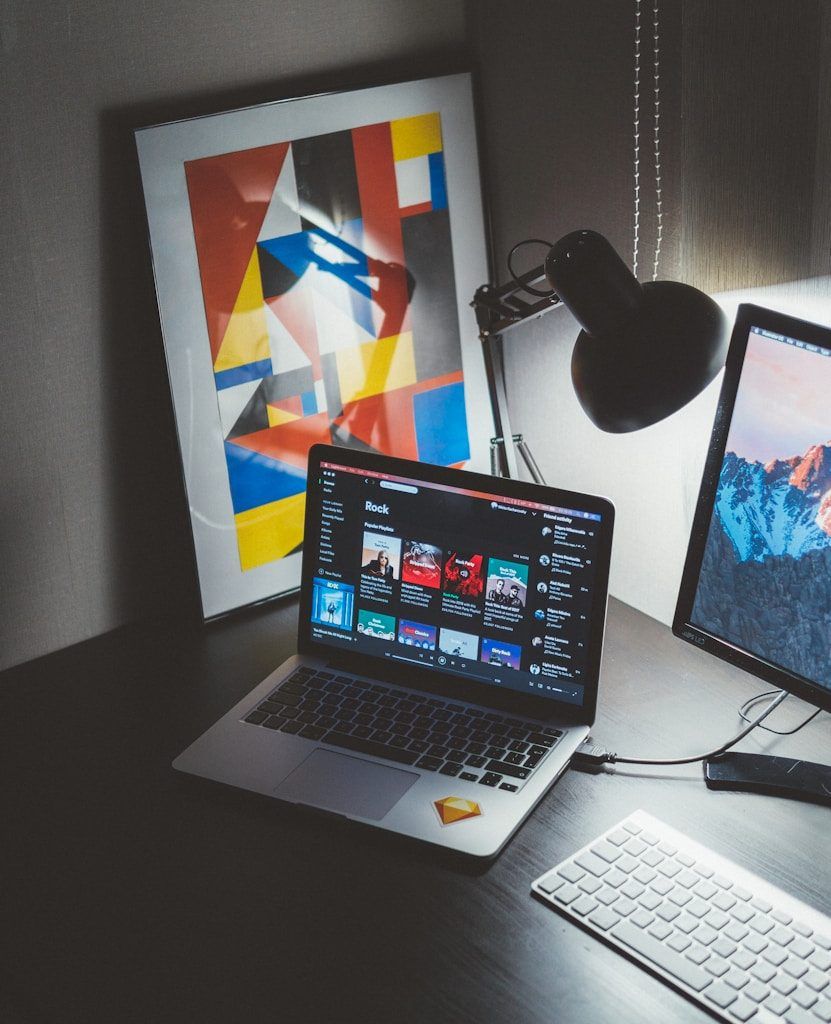If you’ve been creating music, you’re probably itching to share it with the world. Spotify, with its 500+ million users, is one of the best platforms to showcase your talent. Whether you’re an indie artist or part of a band, releasing music on Spotify can help you reach new audiences, build a fanbase, and even earn revenue. Sounds exciting, right? Let’s dive into how to make it happen!
Understanding Spotify’s Role in Music Distribution
Spotify is more than just a music streaming platform; it’s a hub where listeners discover their favorite new songs and artists. For musicians, it’s an opportunity to be part of playlists, trend globally, and even appear on listeners’ personalized “Discover Weekly” and “Release Radar” playlists. But before you can enjoy these perks, you need to get your music on Spotify.
Step 1: Prepare Your Music for Release
Before you release music on Spotify, preparation is key. Here’s what you need to do:
- Finalize Your Song: Make sure your track is mixed and mastered professionally. A polished sound is essential to stand out.
- Get High-Quality Artwork: Your cover art is the first impression listeners will have. Create something that represents your music and grabs attention.
- Gather Metadata: This includes your song title, artist name, and other details. Double-check for accuracy because errors can delay your release.
Transition Tip: Once your song is ready, you’re halfway there. Let’s talk about getting it onto Spotify!
Step 2: Choose a Digital Distributor
Spotify doesn’t allow artists to upload music directly. Instead, you’ll need a digital distributor. These services act as middlemen, ensuring your songs are delivered to Spotify and other platforms like Apple Music and Amazon Music. Here are some popular options:
- DistroKid: Known for its affordable pricing and fast uploads.
- CD Baby: Great for artists who want more comprehensive services, including physical CDs.
- TuneCore: Perfect for musicians focused on long-term revenue generation.
Each distributor has its own pricing model, so pick one that suits your needs. Once you’ve chosen a distributor, sign up and upload your track.
Step 3: Upload Your Music and Metadata
Once you’ve selected a distributor, follow these steps:
- Log in to your account.
- Upload your track and artwork.
- Fill in the metadata, including song title, release date, and genre.
- Select Spotify as one of the platforms for distribution.
Transition Tip: After uploading, your distributor will handle the rest. But wait—there’s more you can do to ensure a successful release!
Step 4: Set Your Release Date
Choosing the right release date can make a big difference. Give yourself at least 3-4 weeks to promote your music before it goes live. This buffer allows you to pitch your track to Spotify’s editorial playlists and create buzz among your fans.
Step 5: Pitch to Spotify Playlists
Spotify’s playlists are a game-changer. From “New Music Friday” to mood-specific collections, landing on a playlist can skyrocket your streams. Here’s how to pitch your track:
- Log in to Spotify for Artists.
- Navigate to the “Upcoming Releases” section.
- Submit your song, describing its genre, mood, and other details.
Step 6: Promote Your Music
Your work doesn’t end once your music is live. Promotion is crucial to gaining streams. Here’s how to get started:
- Share your release on social media platforms like Instagram, TikTok, and Twitter.
- Collaborate with influencers or other artists to reach a broader audience.
- Use Spotify’s tools like Canvas (the 8-second video loop) to make your track visually engaging.
Transition Tip: Promotion is an ongoing effort. Don’t stop after your release day—keep engaging with your audience!
Step 7: Analyze Your Performance
After releasing your music on Spotify, it’s important to track its performance. Use Spotify for Artists to check:
- Streams and listeners.
- Demographics of your audience.
- Which playlists your song appears on.
Understanding these insights helps you refine your strategy for future releases.
Common Mistakes to Avoid
- Rushing the Process: Take time to polish your track and artwork.
- Ignoring Promotion: Even great songs need marketing to gain traction.
- Skipping Metadata Details: Inaccurate data can delay your release or lead to confusion.
Why Consistency Matters
Releasing music on Spotify is not a one-time thing. To build a loyal fanbase, you need to be consistent. Regular releases keep your audience engaged and help you stay relevant in the music scene.
Conclusion
Releasing music on Spotify is an exciting journey. By following these steps, you can share your talent with millions of listeners worldwide. Remember, it’s not just about uploading your songs—it’s about creating a strategy, promoting your work, and connecting with your audience. Now, go ahead and take the leap—your music deserves to be heard.
For further reading, explore these related articles:
For additional resources on music marketing and distribution, visit DMT Records Private Limited.






